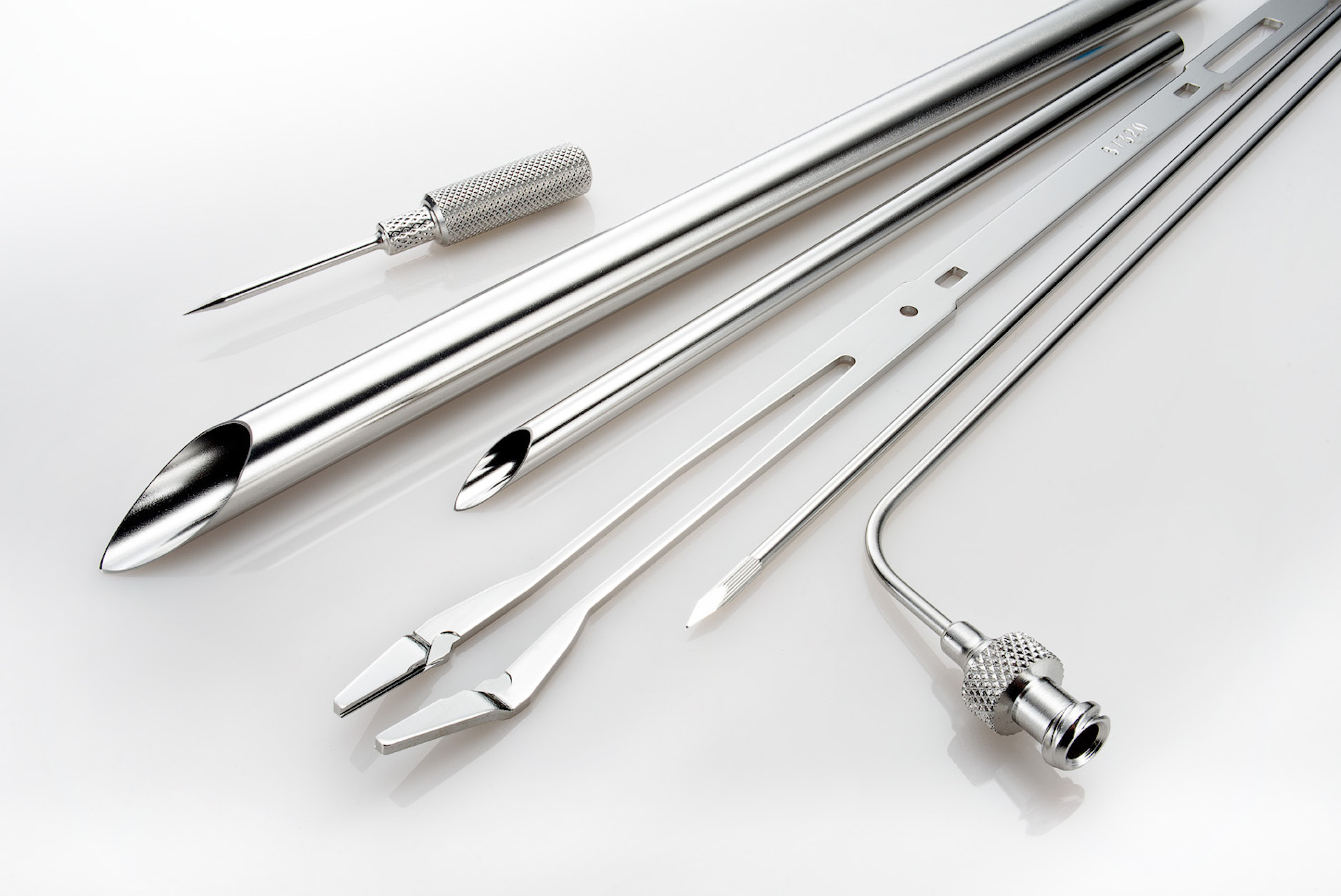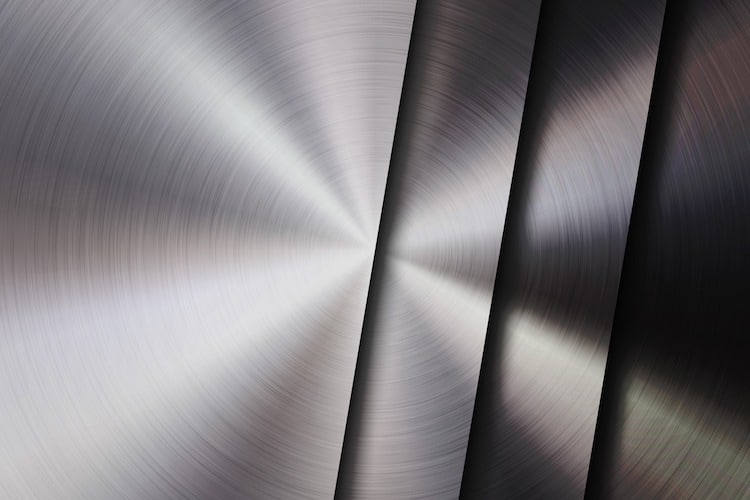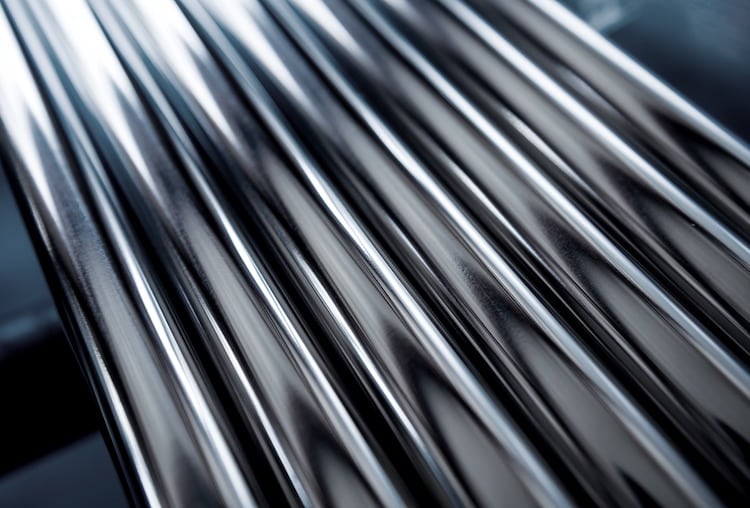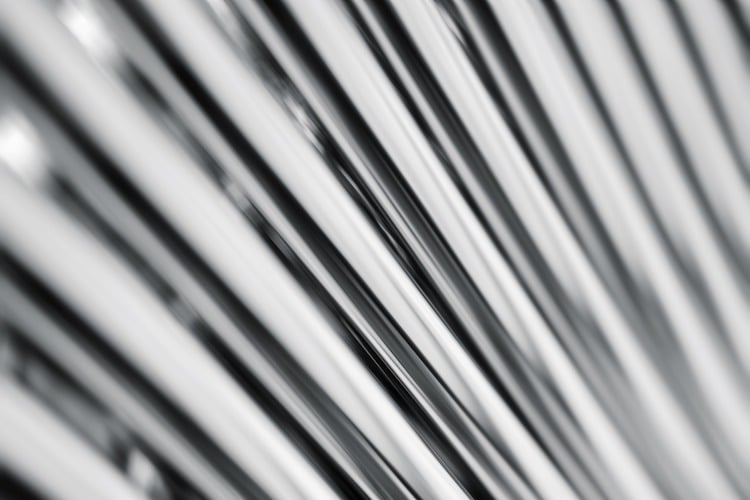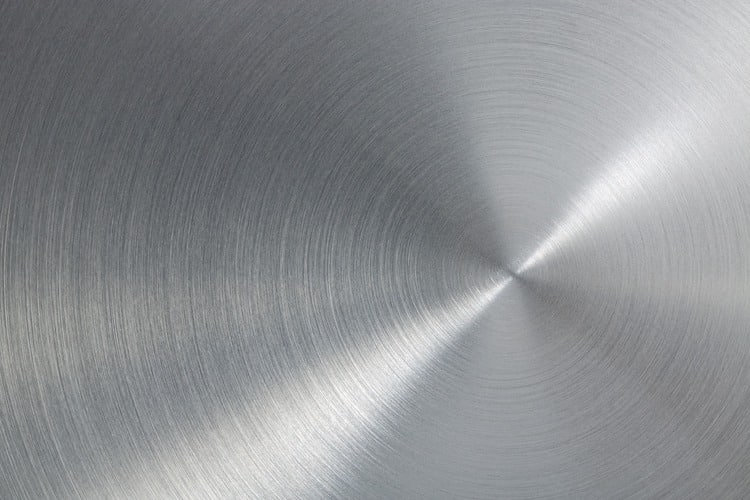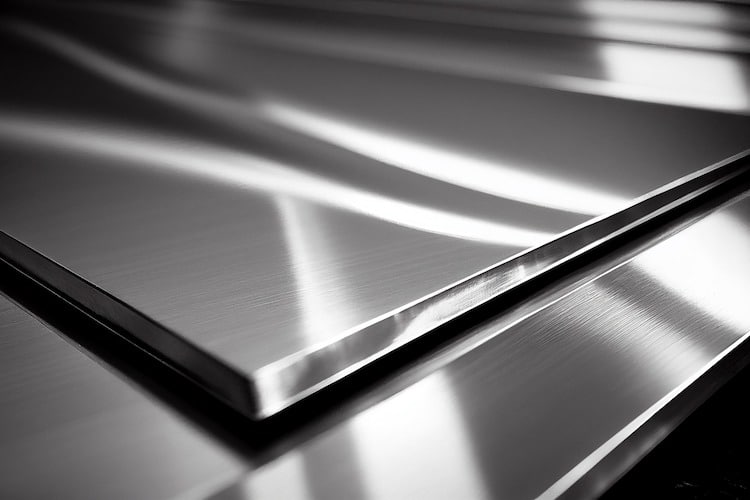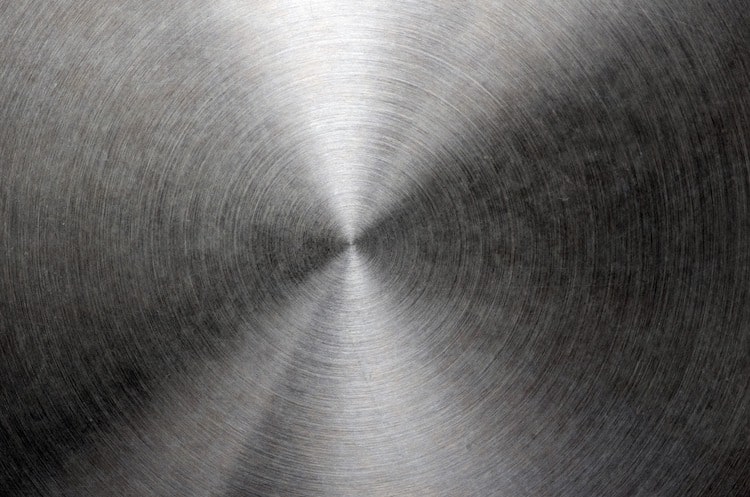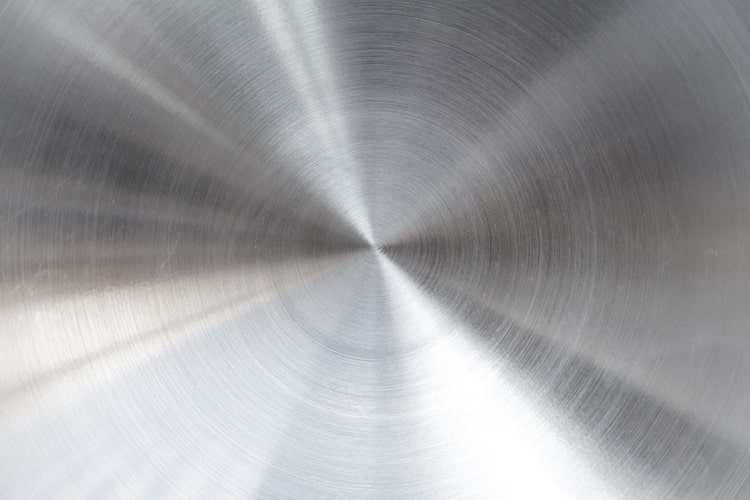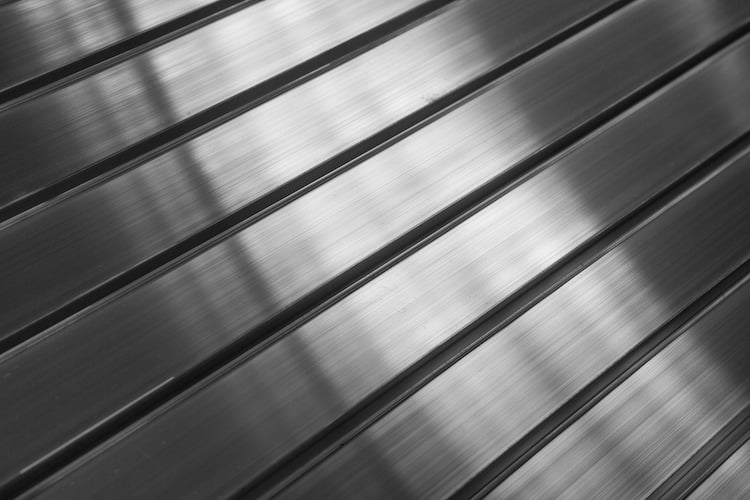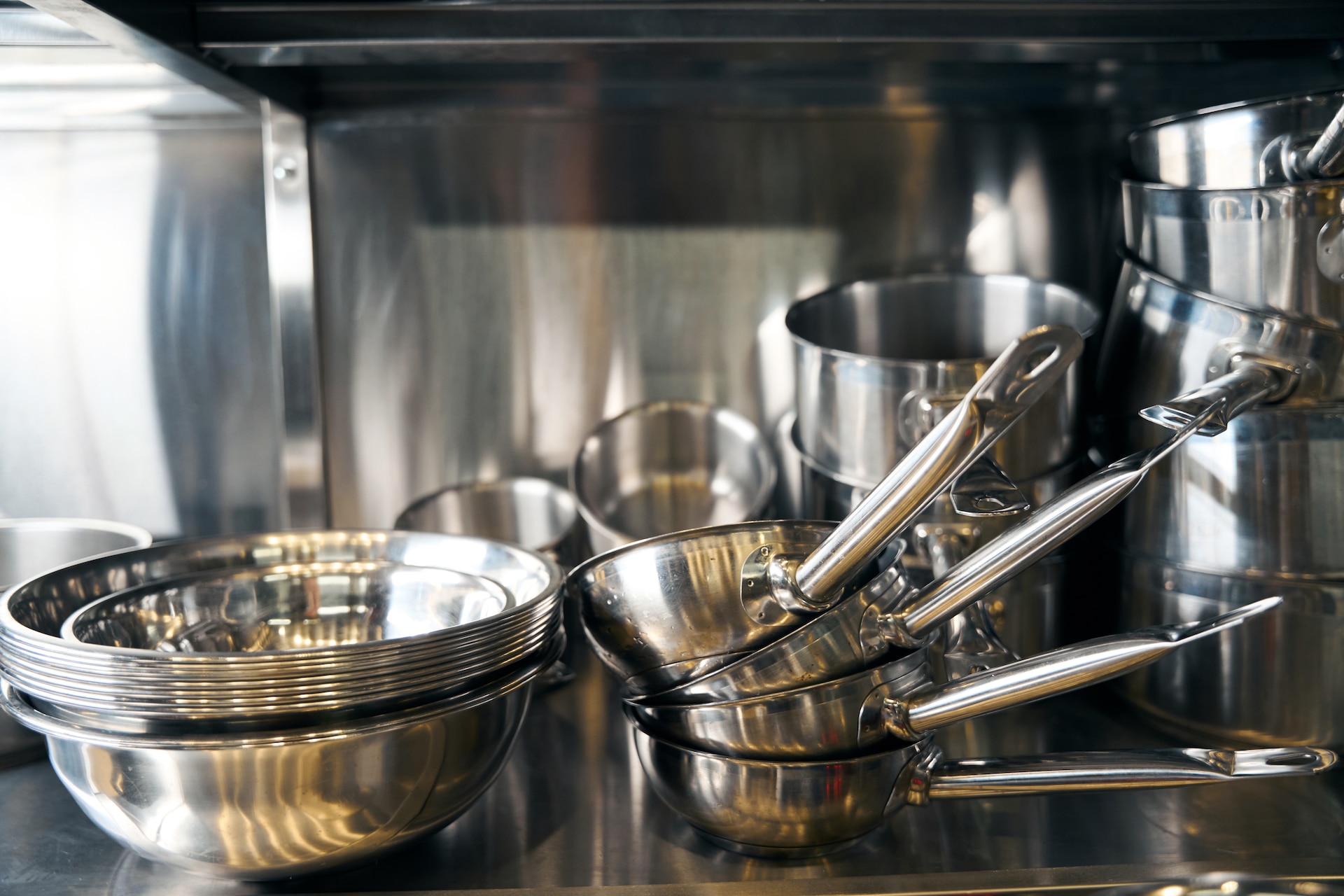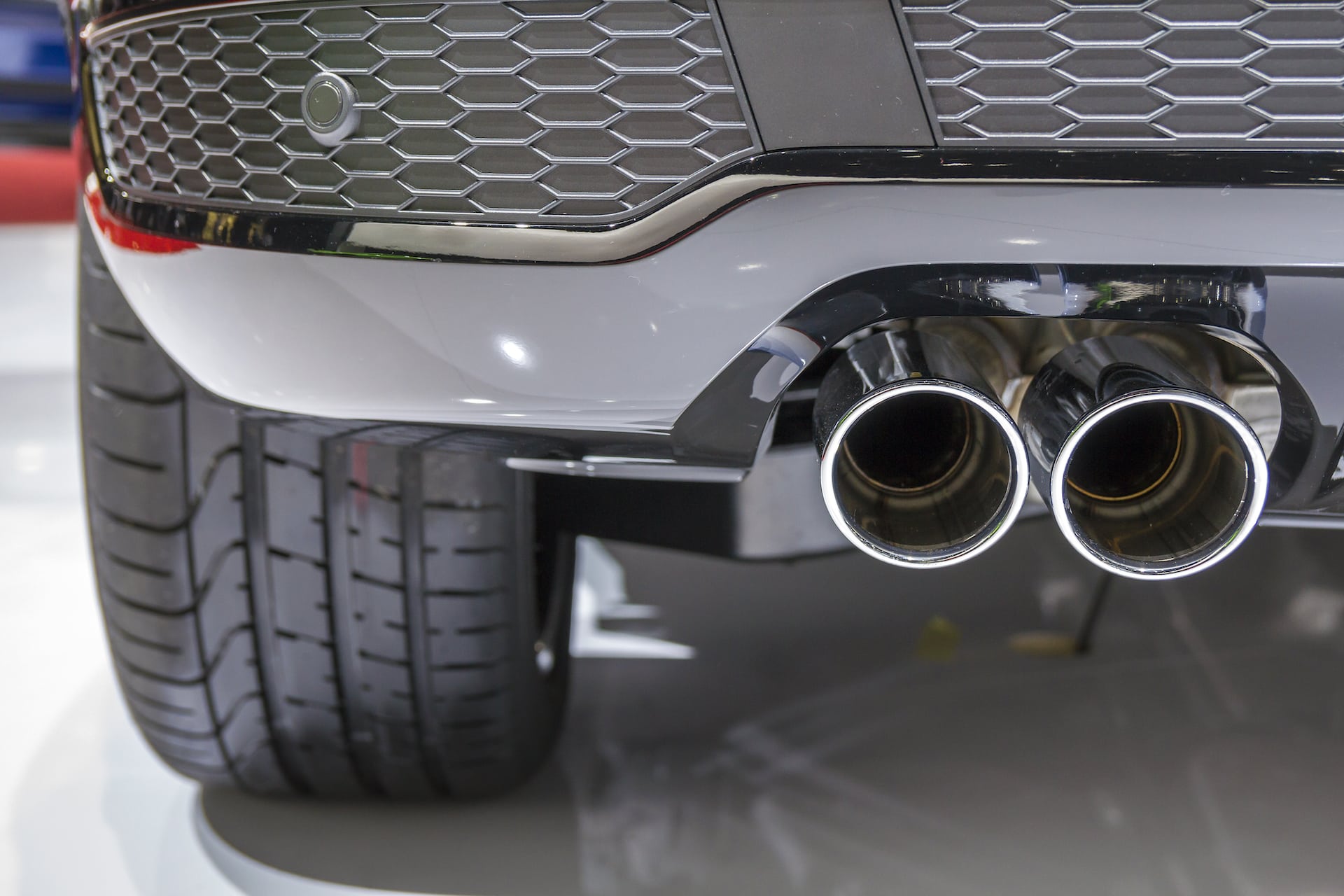Understanding 409 Stainless Steel
Below, we’ll take a closer look at the composition, properties, advantages, limitations, and common applications of 409 stainless steel — and why it is such a valuable material in industries like automotive and beyond.
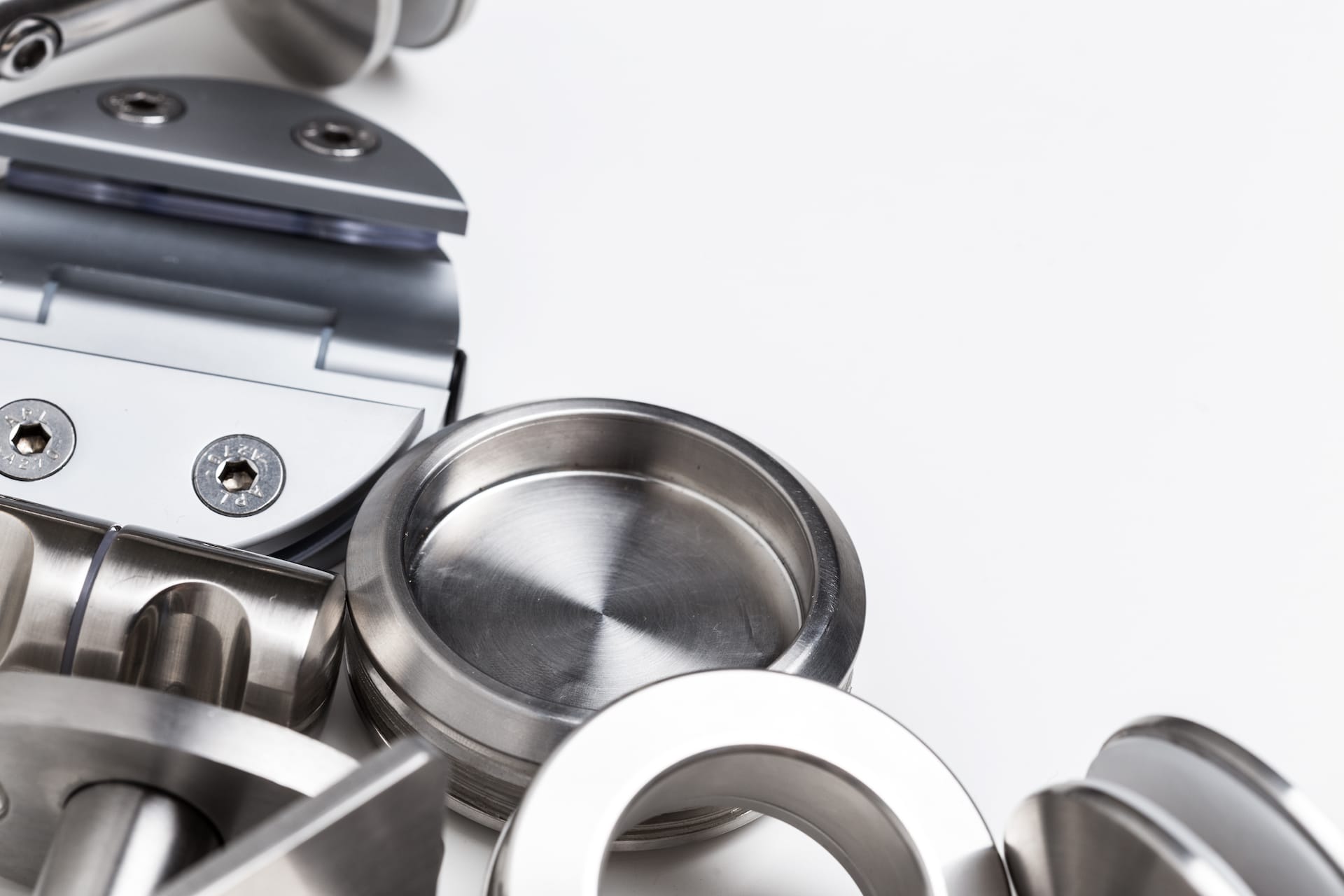
Composition of 409 Stainless Steel
Grade 409 is a ferritic stainless steel, meaning its structure is primarily ferrite (a body-centered cubic crystal structure). It is part of the 400-series stainless steels and is stabilized with titanium. The typical composition includes:
-
Chromium: ~10.5–11.75%
-
Carbon: ≤ 0.08%
-
Manganese: ≤ 1%
-
Nickel: ≤ 0.5% (often negligible)
-
Titanium: ≥ 6x carbon + nitrogen content
-
Iron: Balance
The lower chromium content compared to austenitic grades (like 304 or 316) makes it less resistant to corrosion, but the titanium stabilization helps prevent intergranular corrosion, especially after welding.
Key Properties of 409 Stainless Steel
1. Corrosion Resistance
While not as corrosion-resistant as higher-chromium grades, 409 stainless steel provides good resistance to oxidation and corrosion in mildly aggressive environments. It performs well in exhaust systems, where exposure to hot gases, moisture, and road salts is common.
2. Heat Resistance
409 stainless steel is designed to withstand high temperatures, making it a natural fit for automotive and industrial heating systems. It resists scaling and retains strength at elevated temperatures.
3. Weldability
Thanks to its titanium stabilization, 409 stainless steel has excellent weldability. The titanium reduces the risk of carbide precipitation during welding, preventing weld decay and maintaining structural integrity.
4. Mechanical Properties
-
Tensile Strength: ~380–450 MPa
-
Yield Strength: ~170–240 MPa
-
Elongation: ~20%
These properties make it formable and ductile enough for complex exhaust system components, while still offering adequate strength.
5. Magnetic Properties
As a ferritic stainless steel, 409 is magnetic in both annealed and cold-worked conditions, which can be useful in certain manufacturing and assembly processes.
Advantages of 409 Stainless Steel
-
Cost-Effective: Lower chromium and nickel content makes it less expensive than austenitic stainless steels.
-
Heat Resistant: Performs well in high-temperature environments.
-
Weldable: Titanium stabilization allows for strong, corrosion-resistant welds.
-
Durable in Service: Provides adequate corrosion resistance for demanding automotive environments.
Limitations of 409 Stainless Steel
-
Lower Corrosion Resistance: Not ideal for highly corrosive environments like marine applications.
-
Surface Finish: Tends to form rust spots or surface discoloration in humid conditions.
-
Mechanical Strength: Lower than higher-grade stainless steels.
Common Applications of 409 Stainless Steel
-
Automotive Industry:
-
Exhaust systems (manifolds, mufflers, catalytic converters, pipes)
-
Heat shields and gaskets
-
Structural parts exposed to moderate corrosion
-
-
Industrial Uses:
-
Heat exchangers
-
Furnace components
-
Agricultural equipment
-
-
Other Applications:
-
Bus and truck frames
-
Containers for high-heat environments
-
Surface Treatments to Enhance Performance
To extend the life of 409 stainless steel, surface finishing techniques such as passivation or electropolishing can be applied.
-
Passivation removes free iron from the surface, enhancing corrosion resistance.
-
Electropolishing smooths and brightens the surface at a microscopic level, reducing roughness and improving both cleanliness and durability.
These processes can help 409 stainless steel perform closer to higher-alloyed grades in certain environments, offering cost savings without sacrificing longevity.
Conclusion
409 stainless steel is a practical and cost-effective material engineered for high-temperature, moderately corrosive environments. While it does not have the corrosion resistance of higher grades like 304 or 316, it offers a strong balance of durability, heat resistance, and affordability, making it indispensable in automotive exhaust systems and other applications where performance at elevated temperatures matters.
With proper surface treatments, such as passivation and electropolishing, the performance of 409 stainless steel can be further enhanced, providing manufacturers with a reliable material choice for demanding applications.
